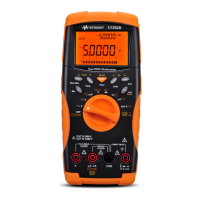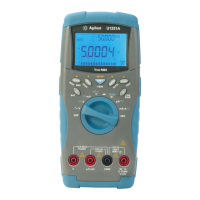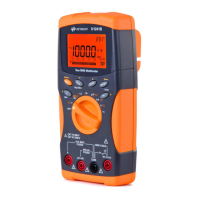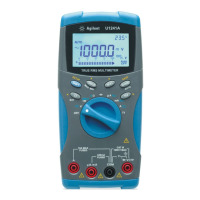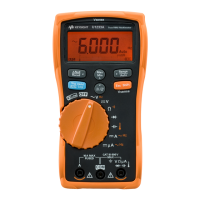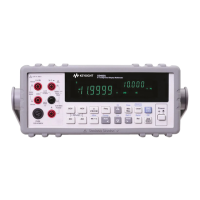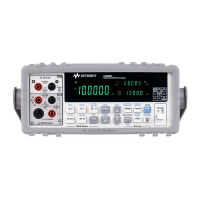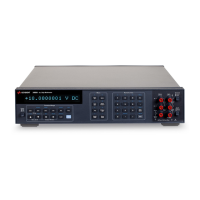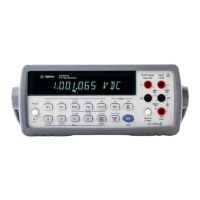142 U1253B User’s and Service Guide
6 Performance Tests and Calibration
Test Considerations
Long test leads can act as antennas that pick up AC signal
noises.
For optimum performance, all procedures should comply
with the following recommendations:
• Ensure that the ambient temperature is stable and
between 18 °C and 28 °C. Ideally, calibration should be
performed at 23 °C ± 1 °C.
• Ensure that ambient relative humidity is less than 80%.
• Allow a 5- minute warm- up period during which a
shorting plug is used to connect the V and COM input
terminals.
• Use shielded twisted- pair Teflon- insulated cables to
reduce settling and noise errors. Keep the input cables as
short as possible.
• Connect the input cable shields to earth. Except where
otherwise indicated in the procedures, connect the
calibrator LO source to earth at the calibrator. It is
important that the LO- to- earth connection be made at
only one place in the circuit to avoid ground loops.
Please ensure that the calibration standards and test
procedures used do not introduce additional errors.
For DC voltage, DC current, and resistance gain verification
measurements, you should ensure that the calibrator’s “0”
output is correct. You will need to set the offset for each
range of the measurement function being verified.

